Single flower honeys (also known as varietal, monofloral or unifloral honey) differ from multifloral or wildflower honeys by the predominance of nectar collected from a single type of plant. In practice, this can be difficult to achieve. The bees cannot be herded or trained to go to a particular type of plant.
Single flower honey is the result of two conditions. First, the target plant must predominate so the bees have little choice of plants. Second, the beekeeper must time the introduction of the hive and the actual harvesting of the comb to coincide with this blooming period. This is done by carefully observing the blooming period of the chosen plant as well as possible overlapping blooming periods of other nectar-producing plants as well.
A good example from Florida is the delicious single flower Tupelo and Gall Berry honeys produced from the same region. Beekeepers harvest the honey from blossoming Gall Berry right after they’ve harvested the Tupelo honey from the earlier blossoming Tupelo trees.
Yet sometimes timing is not so critical. When the plant is produced commercially in vast quantities, the bee hives are simply moved there for the blossoming period. A good example of this is Lavender honey of France.
It is wonderful to realise that honey, like wine, has hundreds, perhaps thousands of different varieties. Each type of single flower honey is a natural reduction of the nectar of its corresponding flower or plant.
Like wine, the differences are sometimes subtle and complex and sometimes obvious and surprising. This is what makes single flower honey unique and special. By harvesting the honey as it comes from the hive, the characteristics that would otherwise be lost by blending are retained, and we are able to appreciate and enjoy the differences between the plants that create the nectar source for the bees.
Trying different single flower honeys is a revelation of aromas and taste, each flower producing its own unique type of honey. Some dark and rich, others almost clear and light. Some very aromatic, reminiscent of their flower. Their taste; spicy, bitter, astringent, thick, smooth and creamy... hundreds of variations. And each honey is the result of the characteristics of the plants in the region of the hive where the honey was obtained.
Following the flow of honey to its plant source takes you around the world; from the moors of Scotland where Heather produces a highly prized Heather honey, to the rocky arid Mediterranean islands of Greece where aromtic Thyme honey is produced. In Europe, Australia, South America, the Middle East and all the countries of the world and thousands of regions where honey plants grow. Honey production is documented in Egyptian hieroglyphics and was world-renowned from cities long gone, such as ancient Hybla, Sicily. Hybla's honey came from blossoms of the Linden Tree growing in the Iblean mountains, traced to the origin of the word, "Hyblean" meaning superlative or honeyed. And places where highly prized rare honeys are produced from a limited number of plants that produce only when conditions are ideal and dedicated beekeepers are only able to harvest it every few years, such as the much-loved, aromatic and very sweet Sourwood honey from the Appalachian area of USA.
In practice, it is rare find a honey that is made entirely of one plant. Why? Because it is rare to find only one type of nectar producing plant in the range of a bee hive. Nevertheless, honey with the characteristics of one plant type can be achieved as long as the proportion of nectar from this plant is high enough to produce the characteristic flavor, texture and aroma.
Proportions of flowers are usually determined by the percentage of its pollen in the honey. Pollen tends to be unique for each species of plant and can be identified and counted. Since different flowers have more or less pollen, there are often different pollen content requirements. A pollen percentage of 45% or better is common but it can be as low as 15% for certain types of single flower honeys that have low pollen counts (such as Lavender). This percentage is often set by the country of origin for more common single flower honeys such as Acacia or Linden honey.
To keep the honey relatively pure, beekeepers must be very careful to place fresh hives near the target plant when it starts to produce nectar then remove the hives and extract the honey before the next set of plants blossom. Other times the predominance of a single species makes the production of almost pure single flower honey possible, such as orange blossom honey from orange tree groves.
Single Flower Honey
- Texas-based Huney.net Raw Honey Varietals March 7, 2013 Hi, my name is Joely Rogers and I am the president of huney.net, LLC, an online honey store that showcases unique raw honey varietals from the regional United States. I formed my company in 2012 after falling in love with honey and honeybees during a nine-month apprenticeship with a former beekeeper who taught me how ...
- Searching for Honey in Manhattan October 4, 2010 Searching for the elusive Manhattan honey leads to the Union Square Market and the Fairway Market and a satisfying discovery of much honey.
- Taking The Honey Cure In Italy August 17, 2010 Italy is home to a wide variety of high quality, certified honeys. We visit a store in Milan to discover why the consumption of honey is relatively low among Italians, and of course to try some great honey.


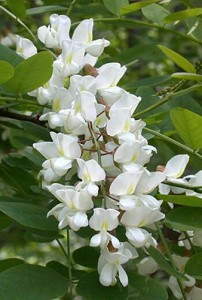
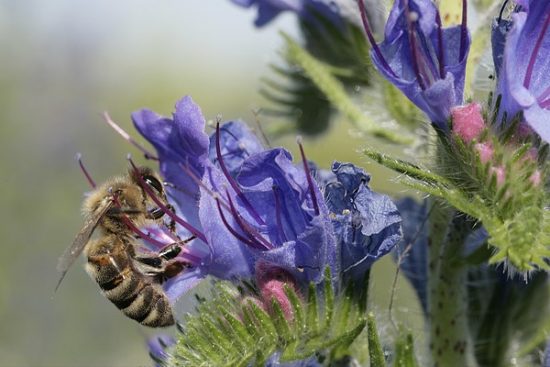
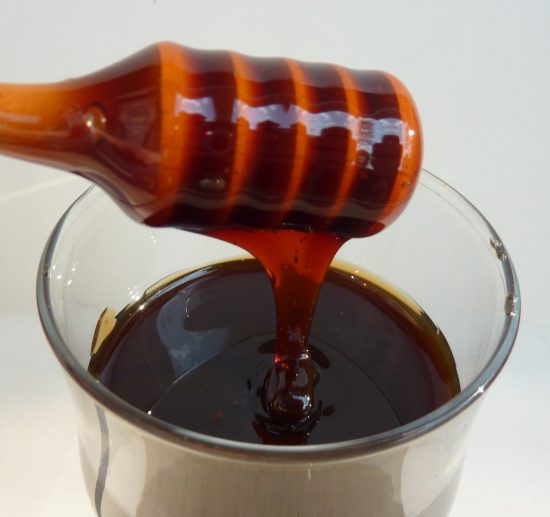
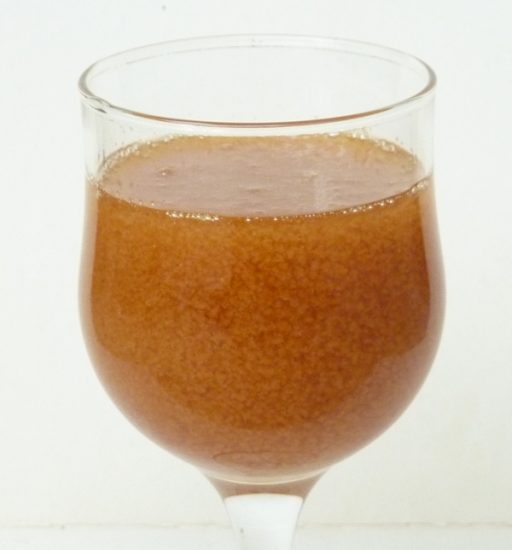

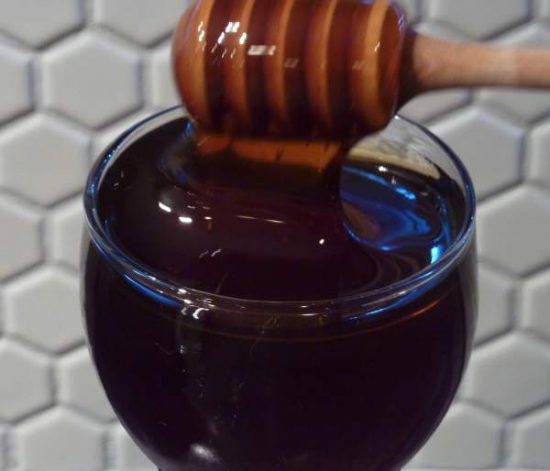
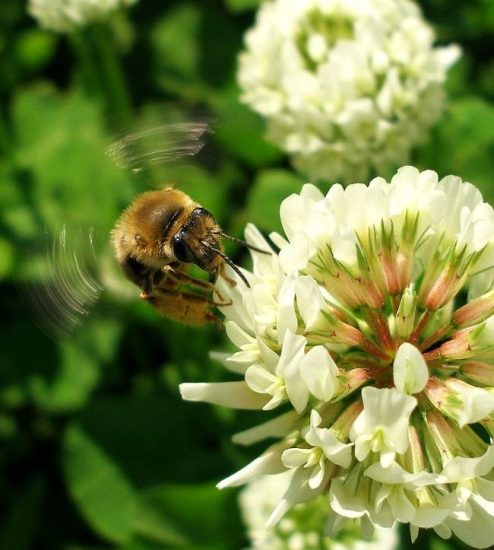
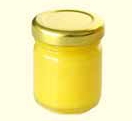
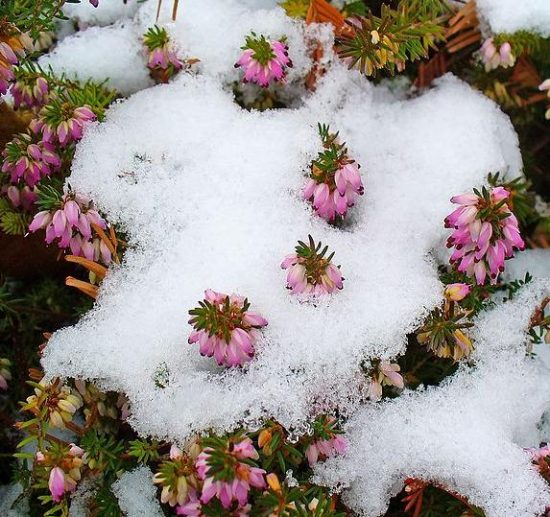
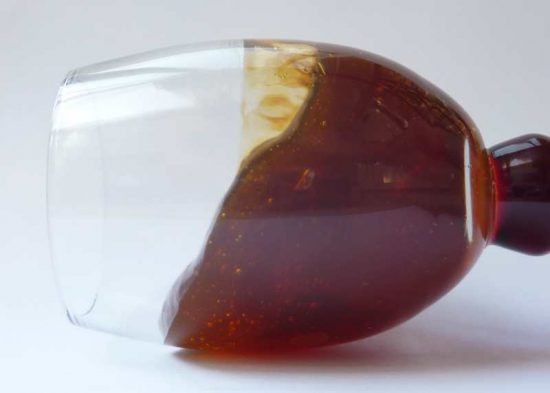
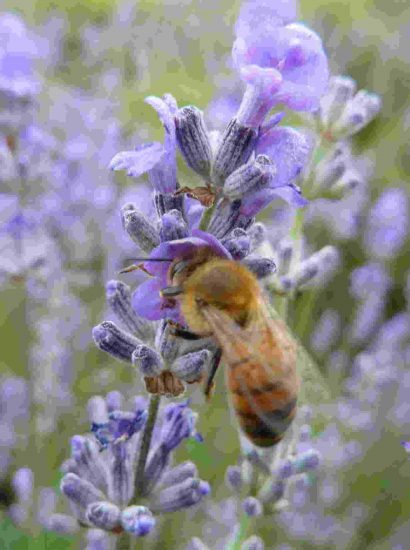
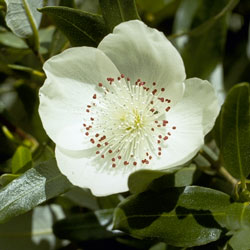
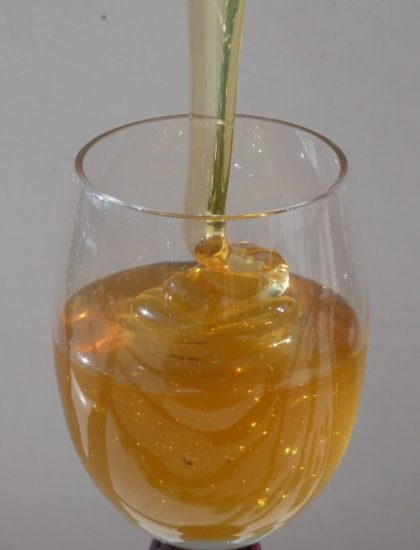

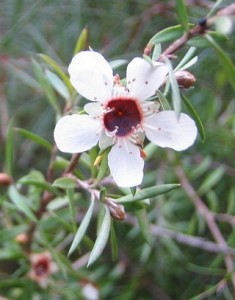
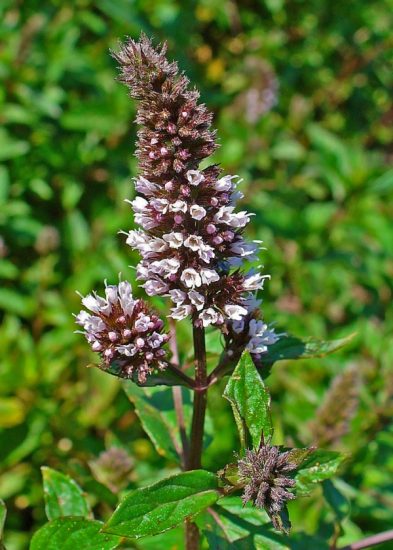
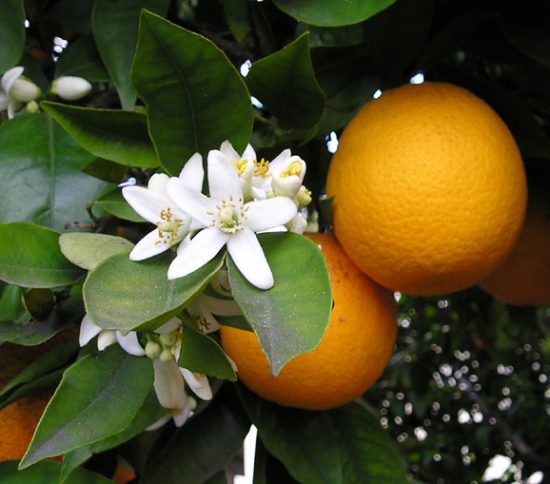
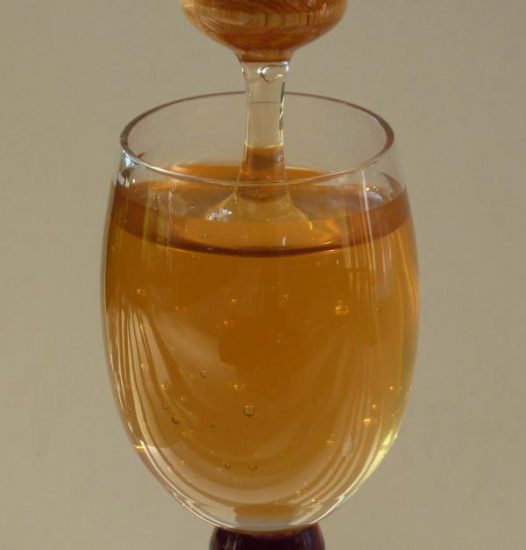


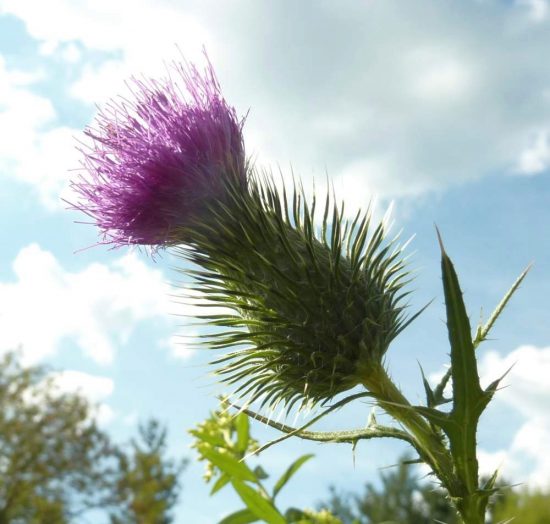
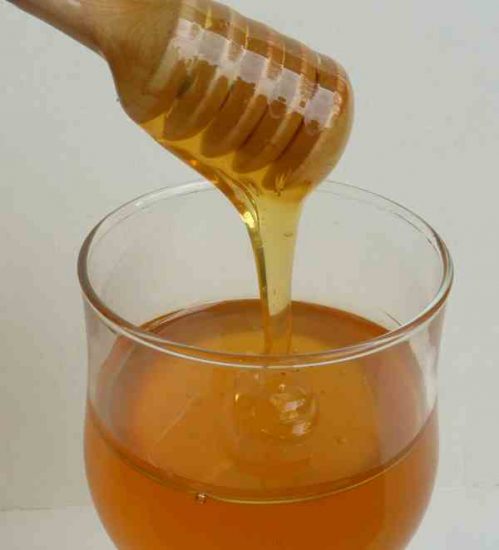
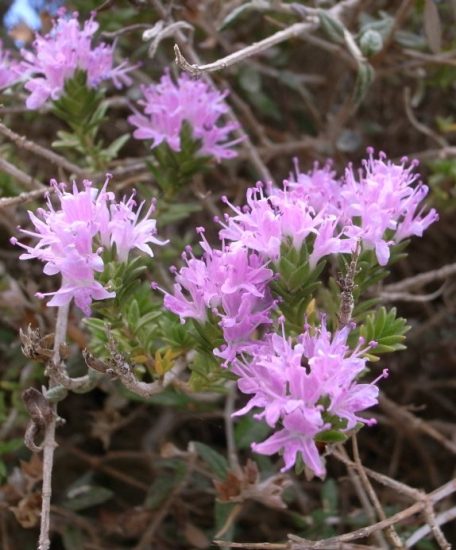
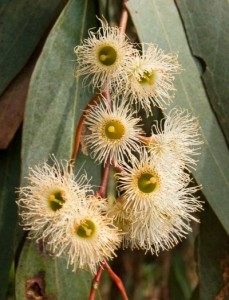
Hi, I am looking for single flower canadian thistle honey. I tasted some severalyears ago, from a local honey business, however that business is out of business.
Do you have any canadian thistle honey, or do you know where I can purchase some.
Thanks, Dean Scott
[email protected]
Hi Dean:
I have put out a bunch of feelers to beekeepers in North America and haven’t found any yet. A few have responded but nothing yet. In what part of the country did you get it?
…Scott
A partial find… I have found one source of Canadian Thistle honey here at https://poulsbohemian.com/honey.htm You can talk to them here: https://www.facebook.com/poulsbohemian. Here is what they say, “…We now have 1 lb. bottles that will be available later, also. The Canadian Thistle is mixed with blackberry and lavender. Not straight…”
Many decades ago I bought a jar of green honey at the Los Angeles County Fair. I was told by the keeper that it was a single source honey from the Anise plant. He declared it to be rare and unusual, claiming it was hard to find a field of Anise large enough to serve for this purpose. It had a distinct Anise or Licorice flavor and was delicious. I’ve never ever seen or heard of it since then but would love to find a source… any ideas/suggestions? Has anyone else ever heard of this? And I’m not talking about additives here but single source.
Regards, Anton
What does the flavor of varietal honey made from watermelon flowers taste like?
Hi Debbie:
Care to elaborate?
…Scott
Hello!
I am trying to source these honeys in wholesale for a retail. possible?
Hi Locke:
Yes, of course, many beekeepers sell honey wholesale. But I am not in this business. Perhaps another reader will respond!
…Scott
Hi,
Writing from Cameroon. Have you ever heard of the Mount Oku White Honey from the mountains of West Cameroon? Very rare white honey. It is monofloral. There is another purple colored variety that originates from bees pollinating coffee plants. It tastes just like coffee and is absolutely delicious. I live in Cameroon and I am looking for companies in the US that are interested in purchasing any of these products. Let me know. Thanks.
Kysa Tuma
Hi Kysa:
Speaking for myself, I would buy your honey in a second! It sounds amazing. Hopefully someone will read about it here and reply.
I have read about it, but never tried it. I will be in Africa next year, perhaps I will make my way to Cameroon to try some, and of course what a great excuse to visit your wonderful country! It appears that it may be quite a rarity and produced only in the mountains of West Cameroon. It does not crystallize easily, has a soft texture and most importantly has a great taste.
The coffee honey is also very intriguing. Is it arabica coffee trees? I have not tried this either… I feel blessed there is so much honey still left to try.:)
…Scott
Hi does anybody could be able to tell how do you feel about multifloral honey?Is it better , worse? does it taste better is there any advantage / disadvantage of it?
We are beekeepers in south India producing rarest form of Uni-floral honey. The list of uni-floral honey varieties are available in our website http://www.honeykart.com and our facebook page http://www.facebook.com/honeykart
Hello Scott, you said that In practice, it is rare find a honey that is made entirely of one plant. so is there any way for the beekeper to find out that their honey is single flower? and if it can be achieved as long as the proportion of nectar from the certain plant is high enough, how is the standard of high percentage of that plant nectar. so, the beekeper could claim that their honey is single flower honey.
thanks :D. and sorry for my bad english. btw, i am from Indonesia.
Hi Fairuz:
In general there must either be only one predominant nectar producing plant blossoming within flying distance of the hive, or a large availability of a favored nectar-producing plant within flying distance of the hive. If either of these two cases is suspected, the next step is to have your honey tested for pollen density. Finally the actual percentage needed to be considered single flower honey needs to be determined. Usually this is 45% or more, but may be less for very strong honey, such as dandelion. If this is the case you may generally claim it as a single flower honey.
Of course if you are exporting the honey, then you should first inquire as to the rules and regulations for labeling honey in the target country. There may have other hurdles to jump.
…Scott
With thanks for sharing your superb web-site.
Thank you for helping out, fantastic info.
Hi,
I am a Ghanaian and has recently developed a profound interest in taking up beekeeping as an economic activity to augment my income.
I need a mentor who can support me with professional and practice advise to grow my dream.
The farmer across the road from us is planting hemp. Does anyone have feed back on crop spraying that might cause problems for my girls? Is Hemp honey good quality?
Dear Scott, congratulation for your blog! My name is Emily, I live in Florence, Italy, and I am an expert honey expert (here in Italy there is a special register for Honey taster, we have over 30 varieties of single flower honey and I love to look for and taste and explain them to other people!) I have just found your web site and it is really professional and well done!! Thank you very much
I have tried over 30 different mono florel honey,s do you know of a master list of honey producers world wide? The usa honey board has a map with producers in usa that is very good. So im looking for north american Milkweed honey cannot find this one? thank you
Hi Wayne:
Good question! My personal answer has been to travel to different countries and visit beekeepers, farmers markets and roadside stores and try their honey. A good strategy is to get a list of mono floral honeys from around the world, then look for producers there. You must search in the Local language though if you hope to find anything substantial. Search by country or region. France, Italy, New Zealand are good places to start. Unifloral, monofloral, or honey varieties are good search words. PDF documents and book references are also good. Google translate works quite well.
Best,
Scott
We started our honey business three years ago and we have place our hives at a strawberry farm just as the blossoms started blooming and pulled them just before they started to slow down blooming. We need to send the samples out to have the pollin tested but our blind surveys have said they can actually taste a hint of the strawberry. So I’m hoping we can officially call it monofloral. We are in Wisconsin